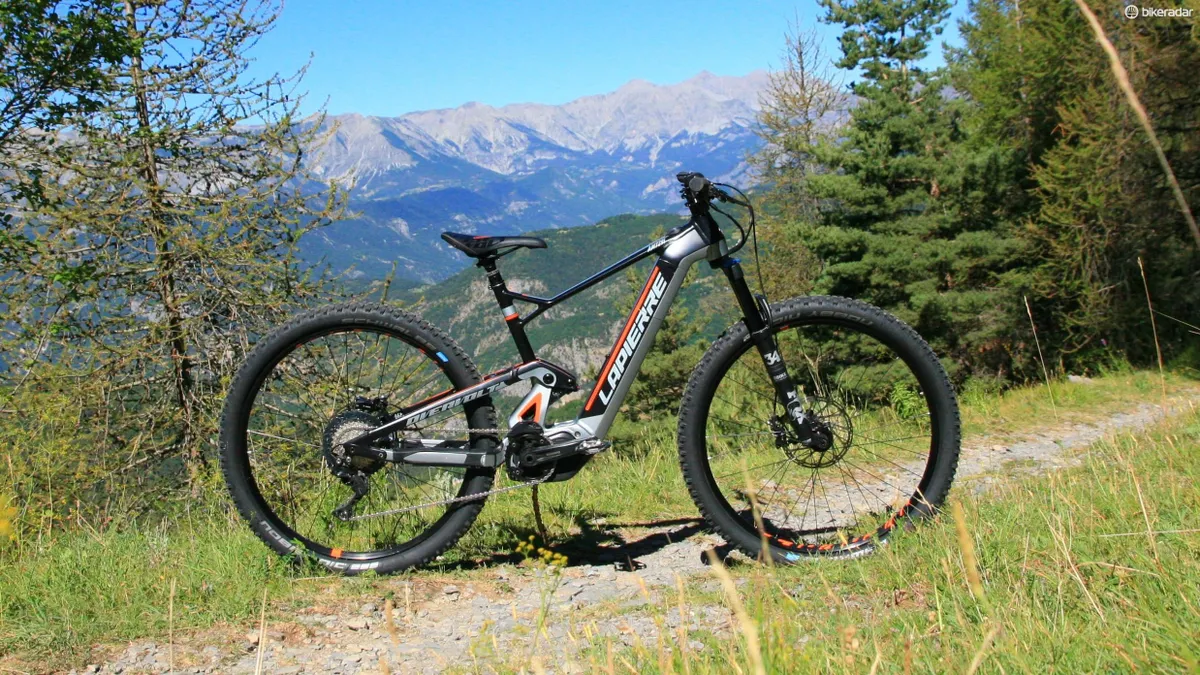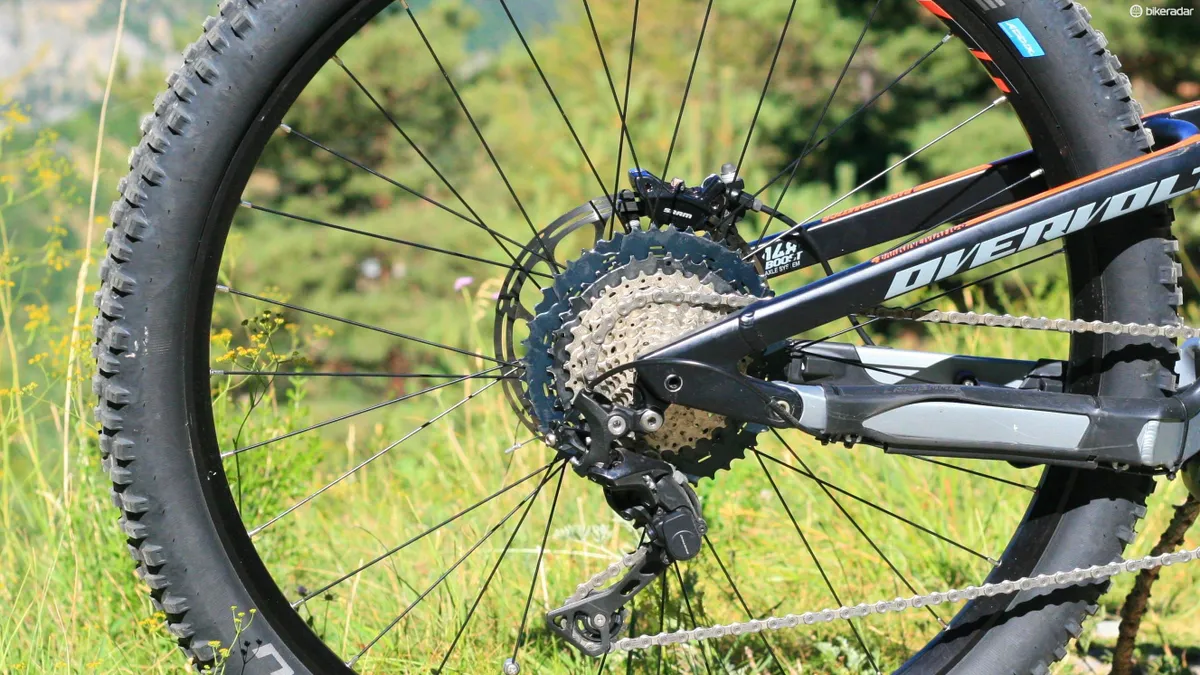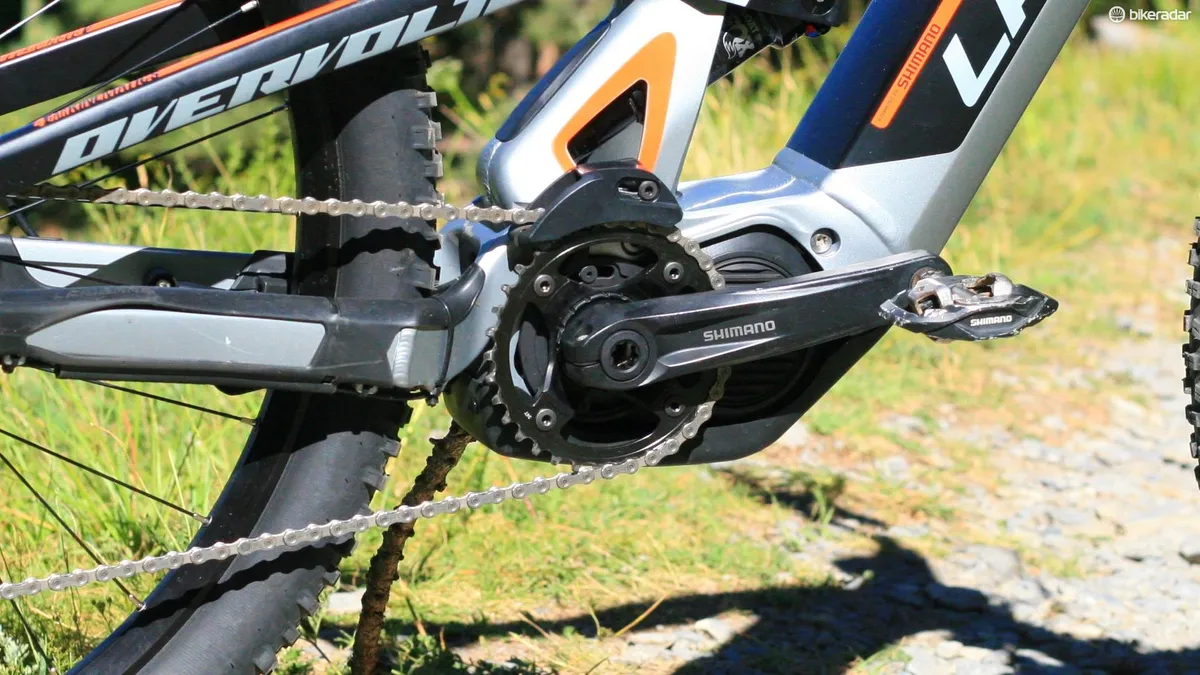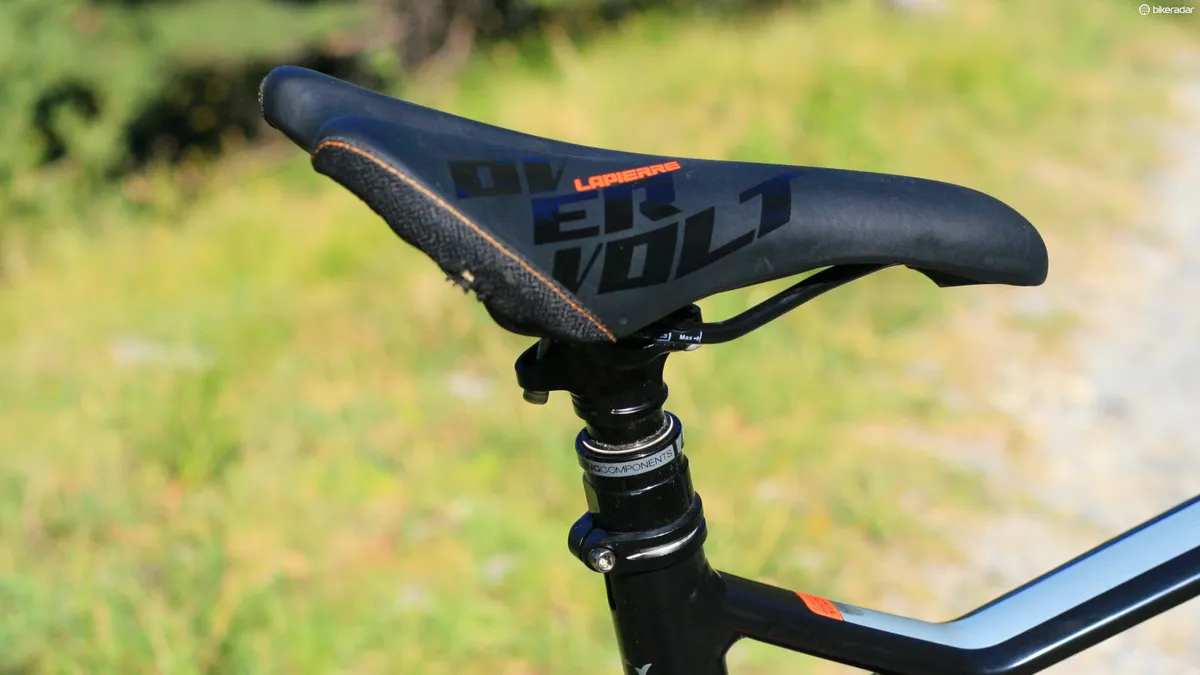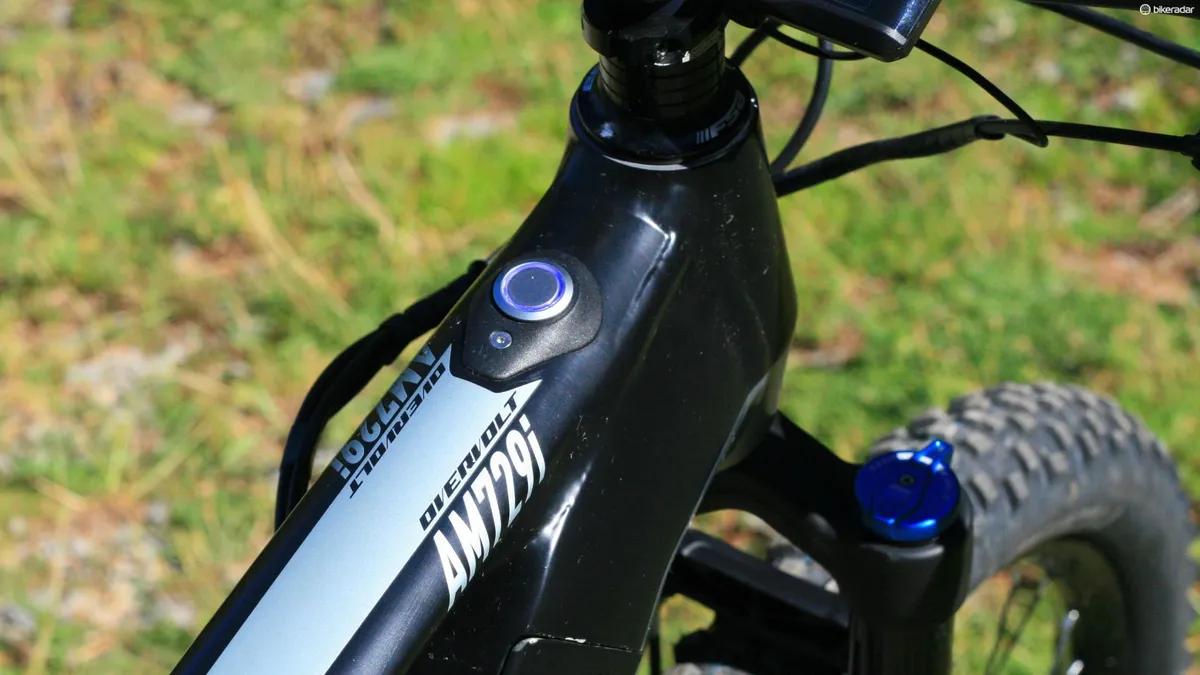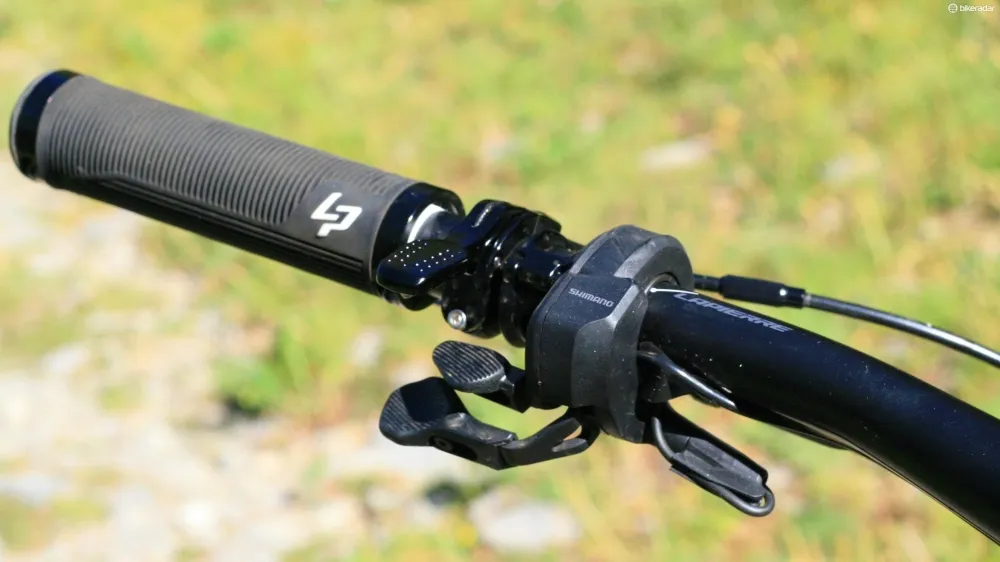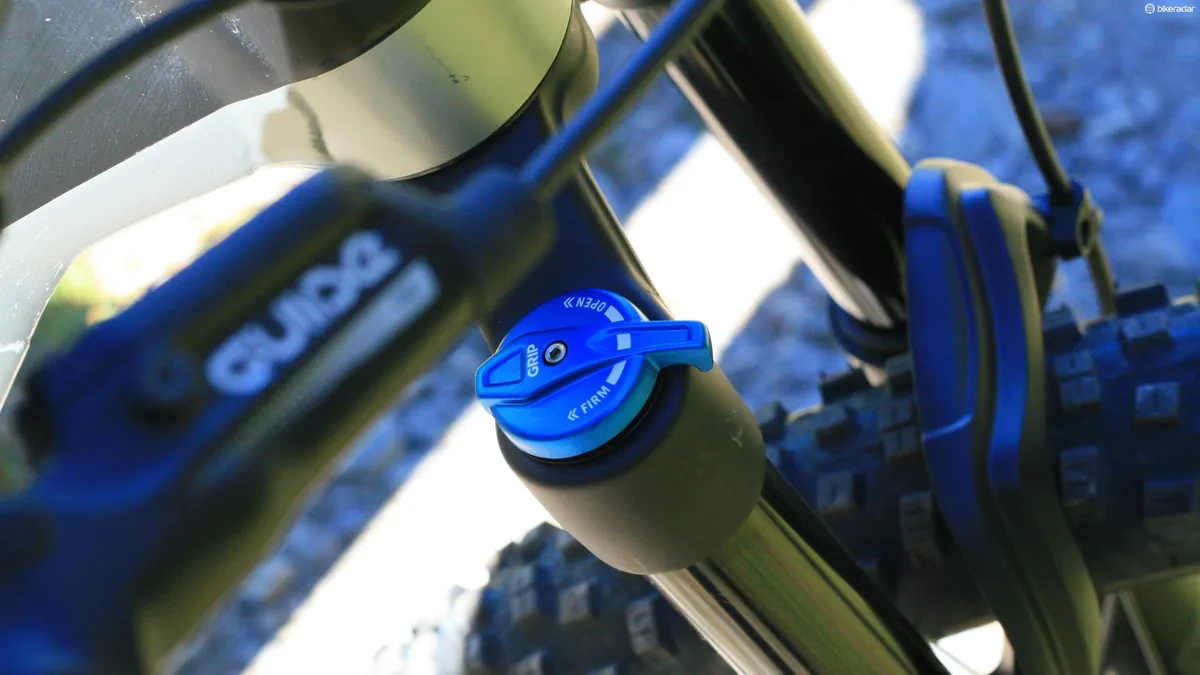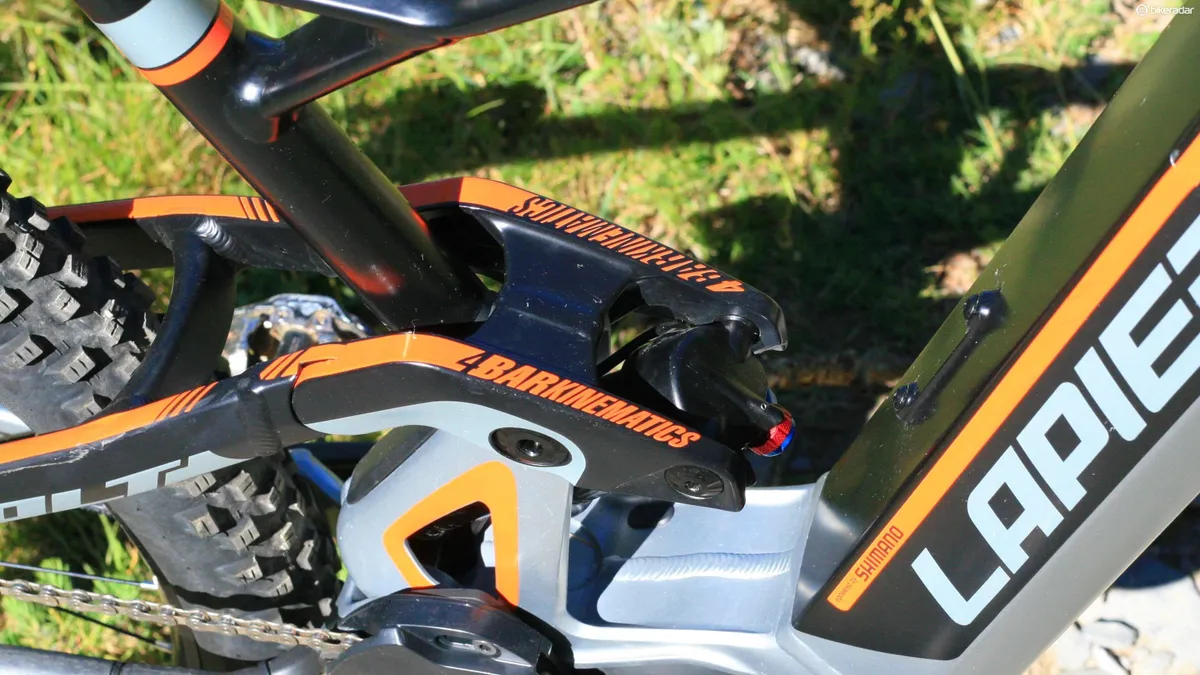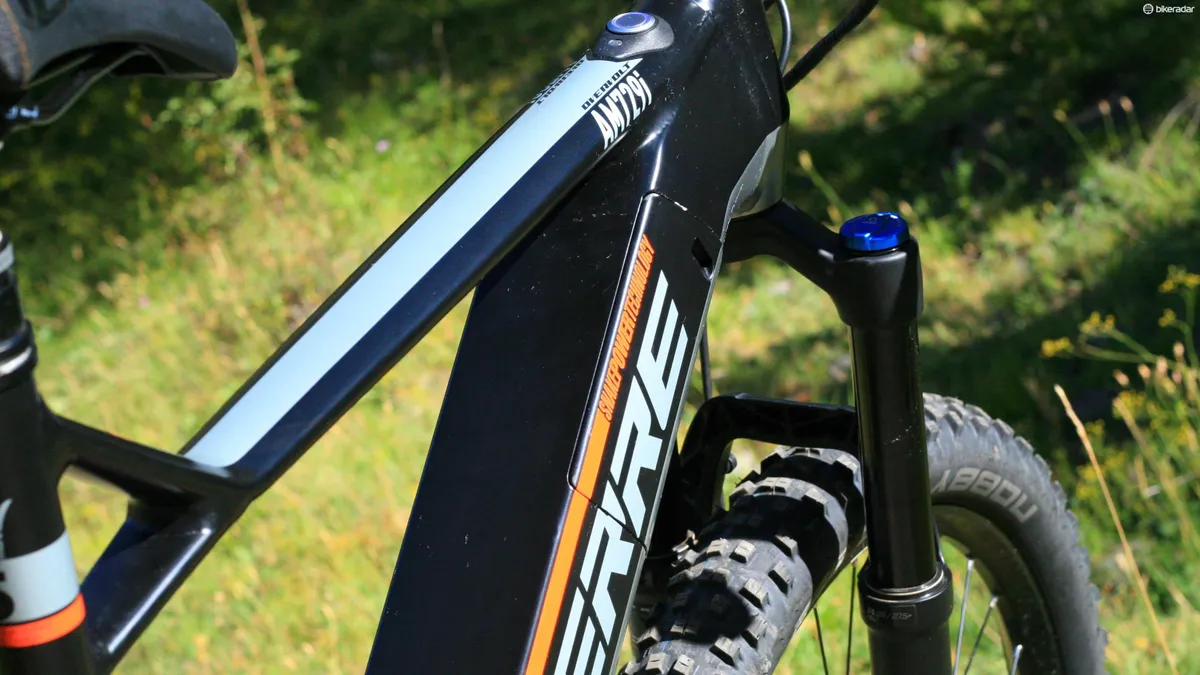Lapierre is pretty established in the e-MTB game with its Overvolt range. Up until now it's used the Bosch motor (and still does), however early next year you’ll be able to get a Lapierre e-MTB with a Shimano motor.
While that’s exciting enough for lovers of the Shimano motor, what’s also cool is the new battery that Lapierre has worked to develop.
- Lapierre's new Bosch powered Overvolts are coming, plus AM 700i first ride review
- Lapierre Overvolt FS 700 review
- Can an e-MTB make a molehill out of a mountain?
What’s on offer
The bikes will sit in the Overvolt i Shimano range and five bikes will be offered. The bikes will be available in 27.5” and 29” options, with the smaller wheels getting 160mm of travel and the bigger wheeled bikes 140mm.
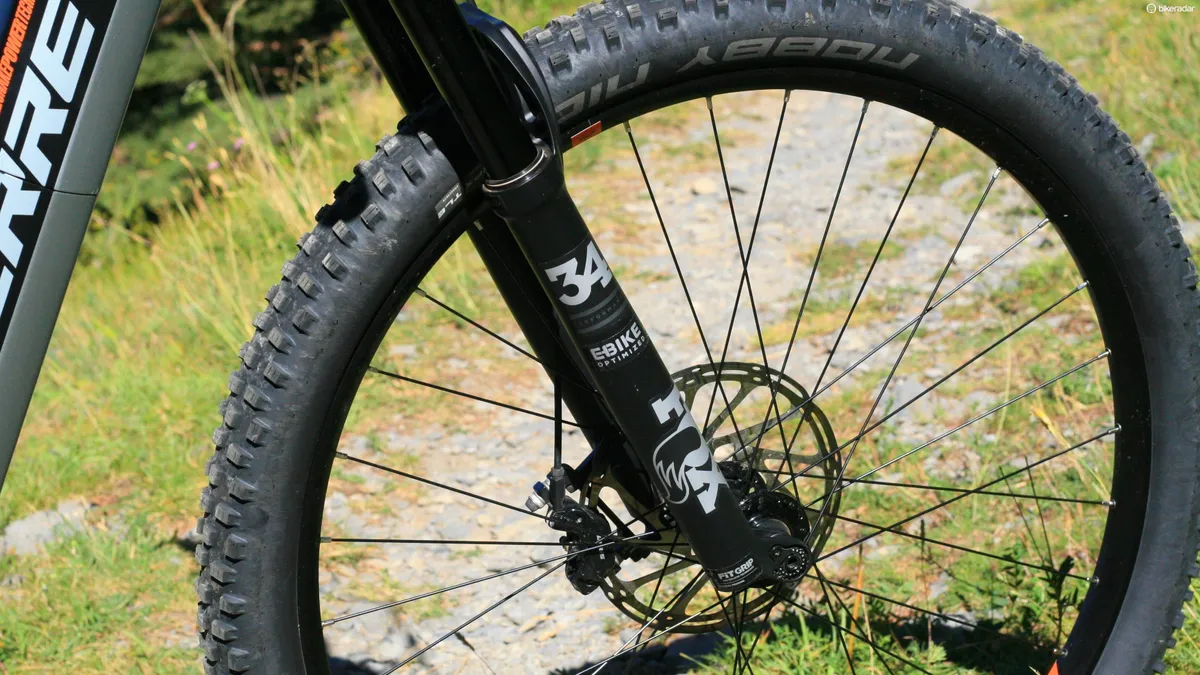
The frames are alloy, but the big story here is the use of the Snake Power Tech battery. This will be seen first on Lapierre bikes and appear on a couple of other brands’ e-bikes next year.
The cells of the 500Wh battery are arranged in an articulated ‘snake’, which means that the battery can be easily fitted and removed from the down tube and from a relatively small door in the down tube.
The battery itself is around 20 percent smaller than the same powered ‘older’ battery design, and the door is around 70 percent smaller than it would have been with a rigid battery. This allows Lapierre to build a stiffer, smaller down tube.
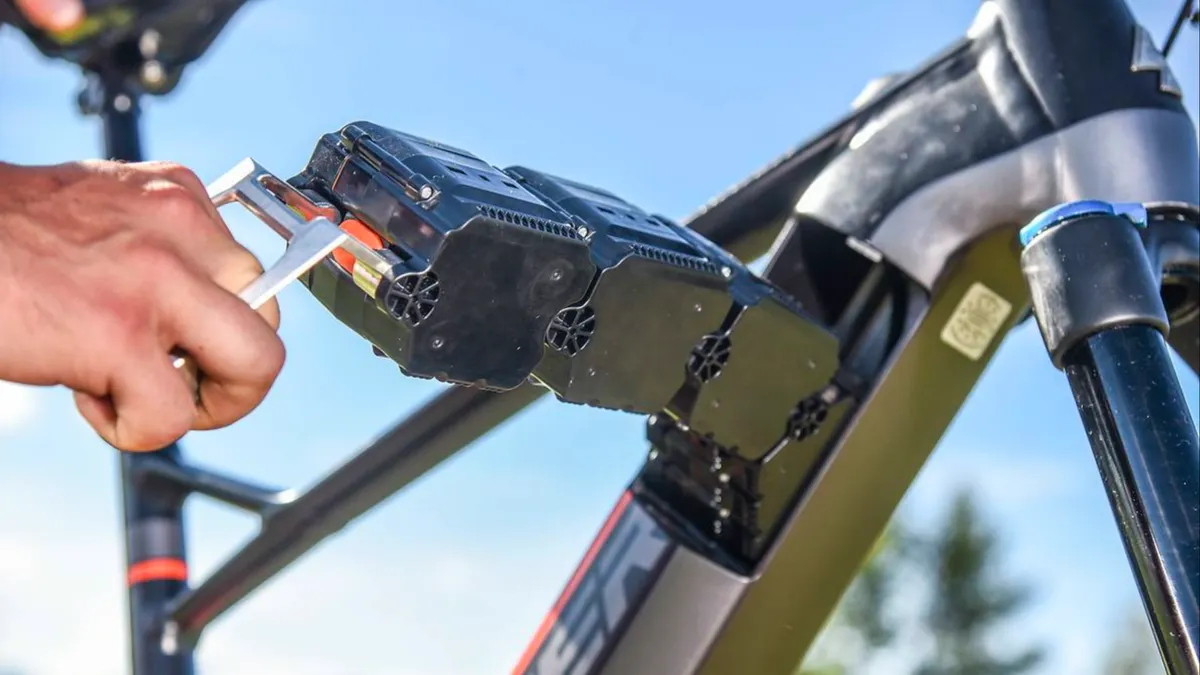
While the new Bosch powered bikes use the OST+ suspension design, Lapierre has developed a new four-bar linkage for the Shimano bikes.
This keeps the weight lower in the frame as the shock and linkage are held just above the motor.
With 160mm of travel, this bike is designed for more enduro-focussed riders — Lapierre’s legendary rider Nico Vouilloz has one and we’ll have a pro-bike check with him on the site very soon.
While most e-bikes have long chainstays, the design and orientation of the Shimano motor means Lapierre has been able to keep the rear-centre measurement relatively short at 445mm.
This matches well to the 459mm reach (size large, 27.5” version) and 65.5-degree head angle. The 75.5 seat angle is really steep, which I like — it puts your hips nicely over the bottom bracket for improved pedalling dynamics. The 29” version is only a smidge shorter and has a 67-degree head angle.
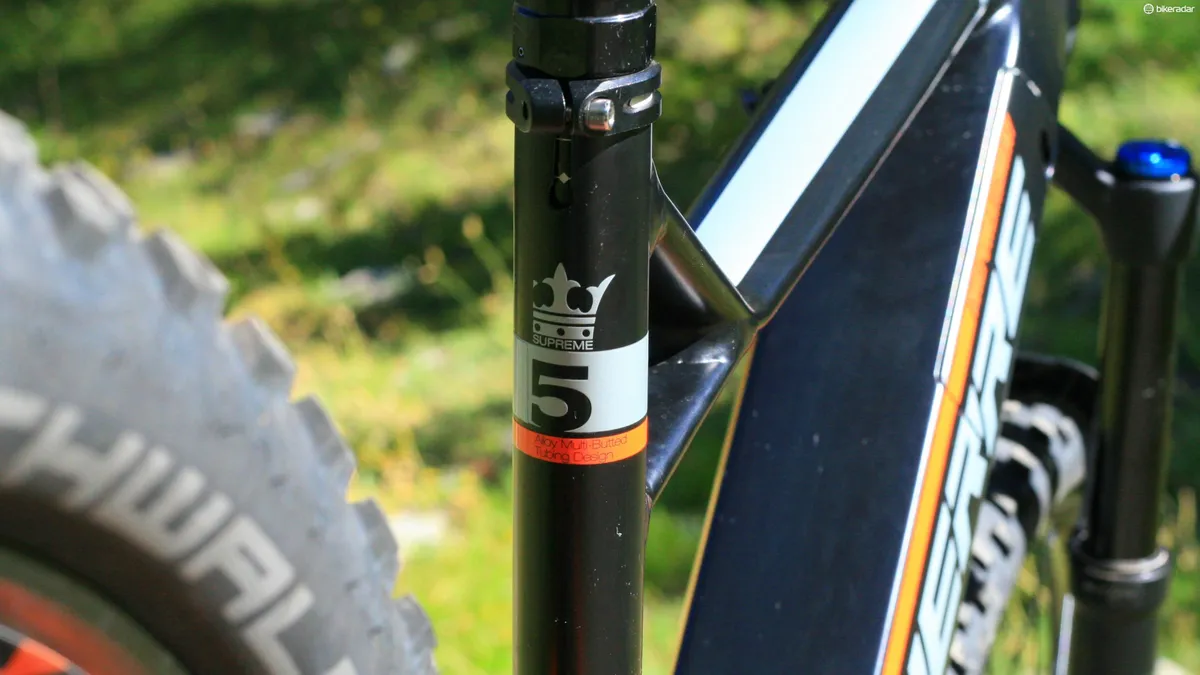
The Shimano motor has only three modes, but they’re well balanced. The only issue seems to be when you drop down a mode — the gaps are relatively big between the assistance levels, so it definitely feels like the anchors have been slammed on when you drop down.
The modes are switched via a left hand shifter, which is the same as that seen on Shimano’s MTB Di2 groupsets. The paddles are in an easy location to hit, are relatively big and have a very definite ‘click’ when you press them.
In conjunction with the audible warning, it’s very easy to know when you’ve changed power mode, certainly when compared to the Bosch system.
The display is small yet simple, with a bright colour display, and each mode has its own colour so the amount of power being delivered at any one time easy to see. While only one metric can be shown at any time, switching between information is easy.
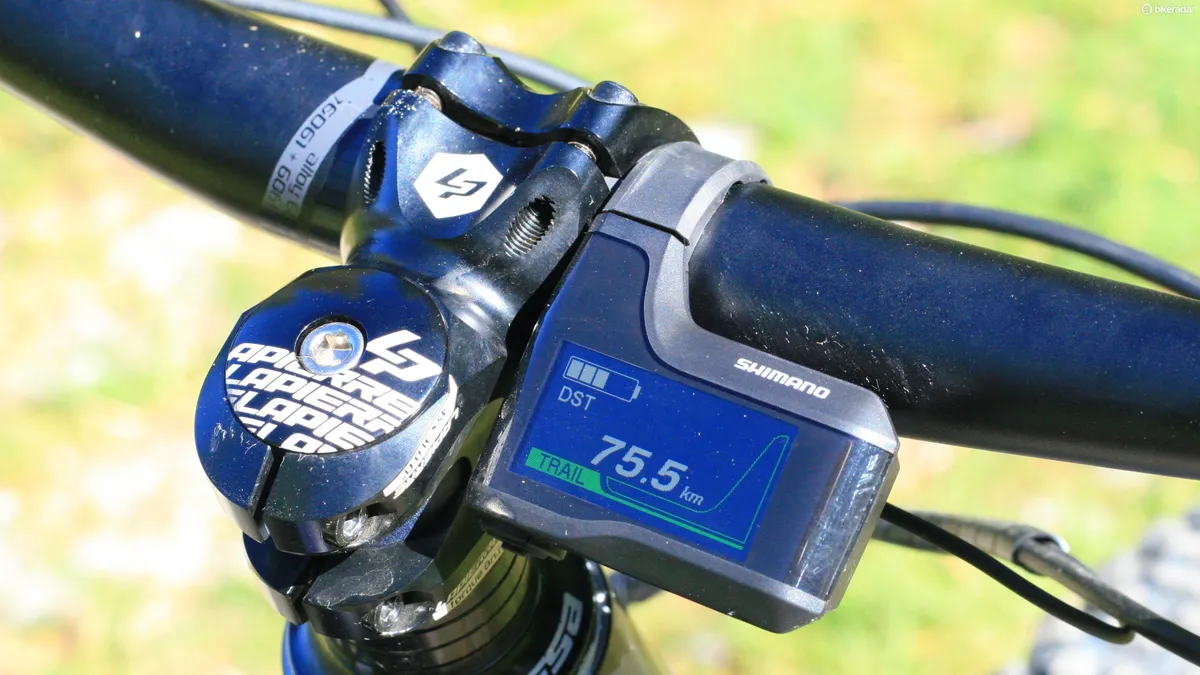
The power is easily managed through the pedals. At lower speeds it feels like there’s a lot of torque on offer, while the power delivery is very smooth.
Perhaps on prolonged fire road climbs it lacks the top-speed, top-end grunt of Bosch, but I need to spend more time back-to-back testing this.
The Overvolt range
There are five bikes available:
Overvolt AM 927and 929 i Shimano
The top Overvolt AM 927 (27.5) and 929 (29”) i Shimano bike comes with Fox 36 Factory forks and DPX2 shock, covered in slippy Kashima coating.
There’s a Shimano XT Di2 drivetrain, SRAM Guide RE brakes, Lapierre wheels (35mm wide for plus, 30mm wide for 29”), and then either Maxxis 2.8” High Roller / Rekon or 29x2.6” Schwalbe Nobby Nics.
Finishing kit is largely Lapierre branded.
Overvolt 827 / 829
Next is the 827 / 829. This gets Performance Elite level suspension with the 36 and DPX2, however the rest of the spec is largely the same as the more pricey model.
Overvolt 727 / 729
The 727 / 729 gets Performance level suspension and a mechanical XT drivetrain, and some slightly cheaper finishing kit.
Overvolt 627 / 629
The 627 / 629 gets an NX drivetrain and drop to non-series Shimano brakes rather than the Guide RE brakes on pricier versions.
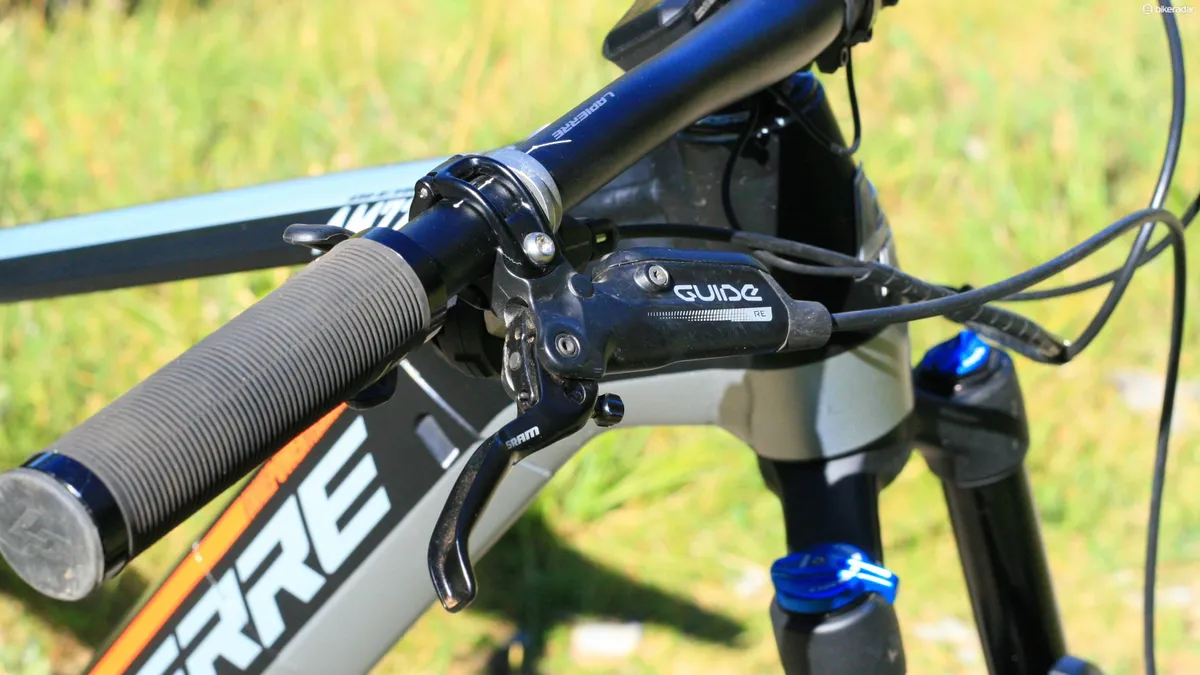
Overvolt 527 / 529
Bringing up the more value orientated end of the range is the 527 / 529 with Suntour suspension, while gears are Shimano Deore mechanical.
Ride impression
I rode an early prototype bike, as the production ones aren't available until early next year, and as such, finer spec details and suspension performance weren’t quite finalised — for example, I rode with Fox 34 forks rather than the 36s that are listed.
On initial riding, I came away impressed. The weight balance of the bike makes it feel similar to a non-powered mountain bike, allowing the bike to be moved around with relative easy.
I rode the 29” version, and with the extra weight in the bike and big wheels, it ate up technical and rough terrain like nothing else. Having wide, but ‘normal’ (non-plus) tyres gives an accurate feel to the bike, when compared to a plus bike — they’re much more precise, though do transmit a bit more feedback to the bars.
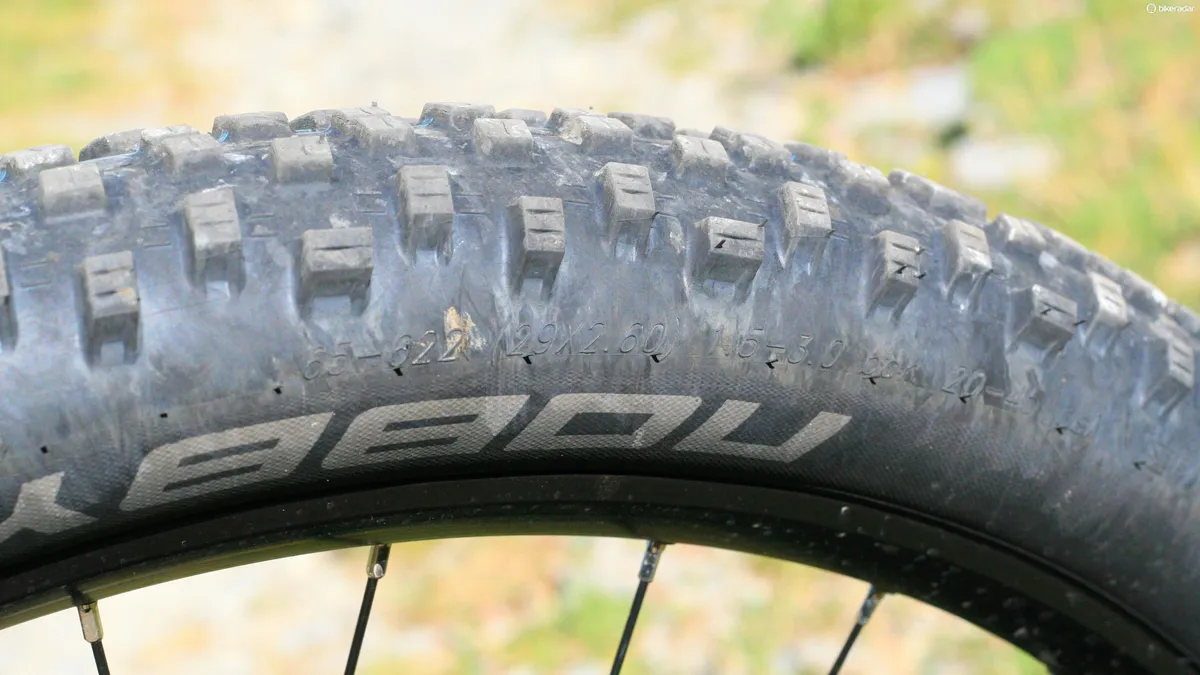
I wasn’t totally sold on the new 2.6” Nobby Nic tyres. They have a relatively aggressively tread and came with the stickier Addix compound and Apex casing. So no punctures here, but the rounded profile on the 30mm rims meant they lacked a little bite when leant over.
The suspension system caused no issues — it’s effectively a classic four-bar linkage, so decent under pedalling and neutral in braking.
Fox’s Performance Elite suspension performs well in my experience, especially on an e-bike where the sprung to un-sprung weight ratios are in the suspension’s favour.
Lapierre is using the e-bike specific forks, which come with a stiffer, stronger chassis to cope with the additional loads.
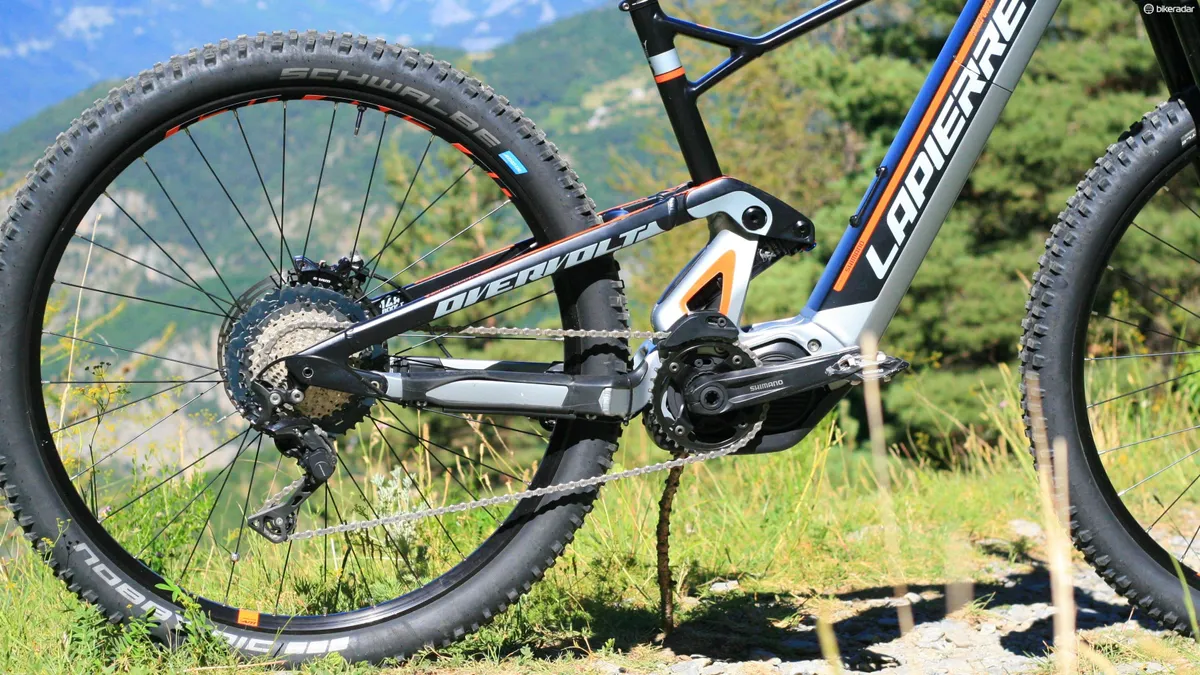
Availability will be in spring 2018 and prices are currently TBC.
